GLIPIZIDE/METFORMIN - ORAL
PHONETIC PRONUNCIATION: (GLIP-i-zide/met-FOR-min)
COMMON BRAND NAME(S): Metaglip
GENERIC NAME(S): glipizide/metformin HCl
Uses
USES: This diabetes medication is a combination of 2 drugs (glipizide and metformin). It is used along with a diet and exercise program to control high blood sugar in patients with type 2 diabetes. Glipizide is a sulfonylurea and works by stimulating the release of your body's natural insulin and by decreasing the amount of sugar that your liver makes. Metformin is a biguanide and works by decreasing the amount of sugar that your liver makes and that your stomach/intestines absorb. Both of these medications work by helping to restore your body's proper response to the insulin you naturally produce. Controlling high blood sugar helps prevent kidney damage, blindness, nerve problems, loss of limbs, and sexual function problems. Proper control of diabetes may also lessen your risk of a heart attack or stroke.
How to use GLIPIZIDE/METFORMIN - ORAL
HOW TO USE: Read the Patient Information Leaflet available from your pharmacist before you start using this medication and each time you get a refill. If you have any questions, consult your doctor or pharmacist. Take this medication by mouth, usually once or twice a day with meals or as directed by your doctor. Drink plenty of fluids while taking this medication unless otherwise directed by your doctor. The dosage is based on your medical condition, response to treatment, and other medications you may be taking. Be sure to tell your doctor and pharmacist about all the products you use (including prescription drugs, nonprescription drugs, and herbal products). To reduce your risk of side effects (such as upset stomach), your doctor may direct you to start this medication at a low dose and gradually increase your dose. Follow your doctor's instructions carefully. If you are already taking another diabetes drug (e.g., chlorpropamide), follow your doctor's directions carefully for stopping the old drug and starting this combination medication. Colesevelam can decrease the absorption of glipizide. If you are taking colesevelam, take this product at least 4 hours before taking colesevelam. Use this medication regularly in order to get the most benefit from it. Remember to use it at the same time(s) each day. Inform your doctor if your condition persists or worsens (e.g., high/low blood sugar). It may take up to 2 weeks before the full benefit of this drug takes effect.
Side Effects
Precautions
Interactions
Overdose
Images
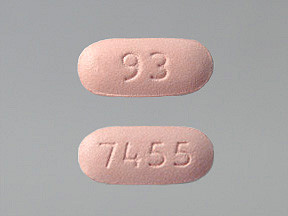
- color
- pink
- shape
- oblong
- imprint
- 93, 7455
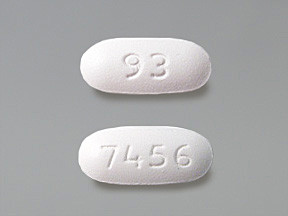
- color
- white
- shape
- oblong
- imprint
- 93, 7456

- color
- white
- shape
- round
- imprint
- M, G31
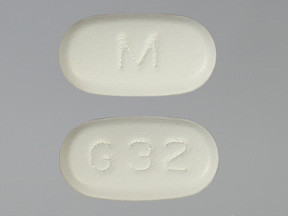
- color
- white
- shape
- oblong
- imprint
- M, G32
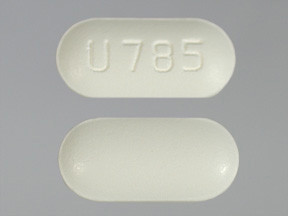
- color
- white
- shape
- oblong
- imprint
- U 785
Reviews
Faq for GLIPIZIDE/METFORMIN - ORAL
Glipizide/Metformin is an oral medication used to treat type 2 diabetes mellitus. It helps control blood sugar levels by increasing insulin release and decreasing glucose production in the liver.
It is usually taken with meals, twice a day or as directed by your doctor. Follow the instructions provided on the prescription label carefully.
Some common side effects include stomach upset, diarrhea, nausea, vomiting, headache, or metallic taste in the mouth. It is important to report any severe side effects to your doctor.
You should avoid excessive alcohol consumption, as it can increase the risk of lactic acidosis. It is important to monitor your blood sugar levels regularly and maintain a healthy diet and exercise routine.
Yes, Glipizide/Metformin can lower blood sugar levels. It is important to be aware of the symptoms of low blood sugar, such as shakiness, dizziness, rapid heartbeat, sweating, or confusion, and take appropriate action if it occurs.
Some medications, such as certain antibiotics, antifungals, and blood pressure medications, can interact with Glipizide/Metformin. It is important to inform your doctor or pharmacist about all the medications you are taking to avoid potential interactions.
Glipizide/Metformin should only be used during pregnancy if clearly needed and under the supervision of a healthcare professional. It is important to discuss the risks and benefits with your doctor.
Glipizide/Metformin starts working within a few hours of taking the medication. However, it may take several weeks for the full effects to be seen. It is important to be patient and consistent with your medication regimen.
No, you should not stop taking Glipizide/Metformin without consulting your doctor. Diabetes is a chronic condition, and medication adjustments should always be done under medical supervision.
Warning
WARNING: Rarely, too much metformin can build up in the body and cause a serious (sometimes fatal) condition called lactic acidosis. Lactic acidosis is more likely if you are an older adult, if you have kidney or liver disease, dehydration, heart failure, heavy alcohol use, if you have surgery, if you have X-ray or scanning procedures that use iodinated contrast, or if you are using certain drugs. For some conditions, your doctor may tell you to stop taking this medication for a short time. Ask your doctor or pharmacist for more details. Stop taking this medication and get medical help right away if you have any symptoms of lactic acidosis, such as unusual tiredness, dizziness, severe drowsiness, chills, blue/cold skin, muscle pain, fast/difficult breathing, slow/irregular heartbeat, or stomach pain with nausea/vomiting/diarrhea.
Disclaimer
IMPORTANT: HOW TO USE THIS INFORMATION: This is a summary and does NOT have all possible information about this product. This information does not assure that this product is safe, effective, or appropriate for you. This information is not individual medical advice and does not substitute for the advice of your health care professional. Always ask your health care professional for complete information about this product and your specific health needs.
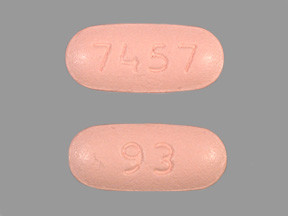
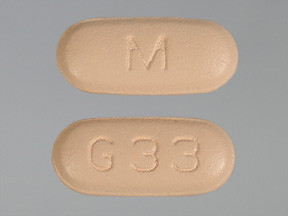
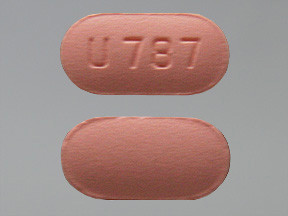
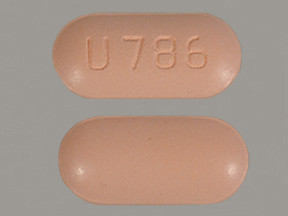
No Reviews Yet